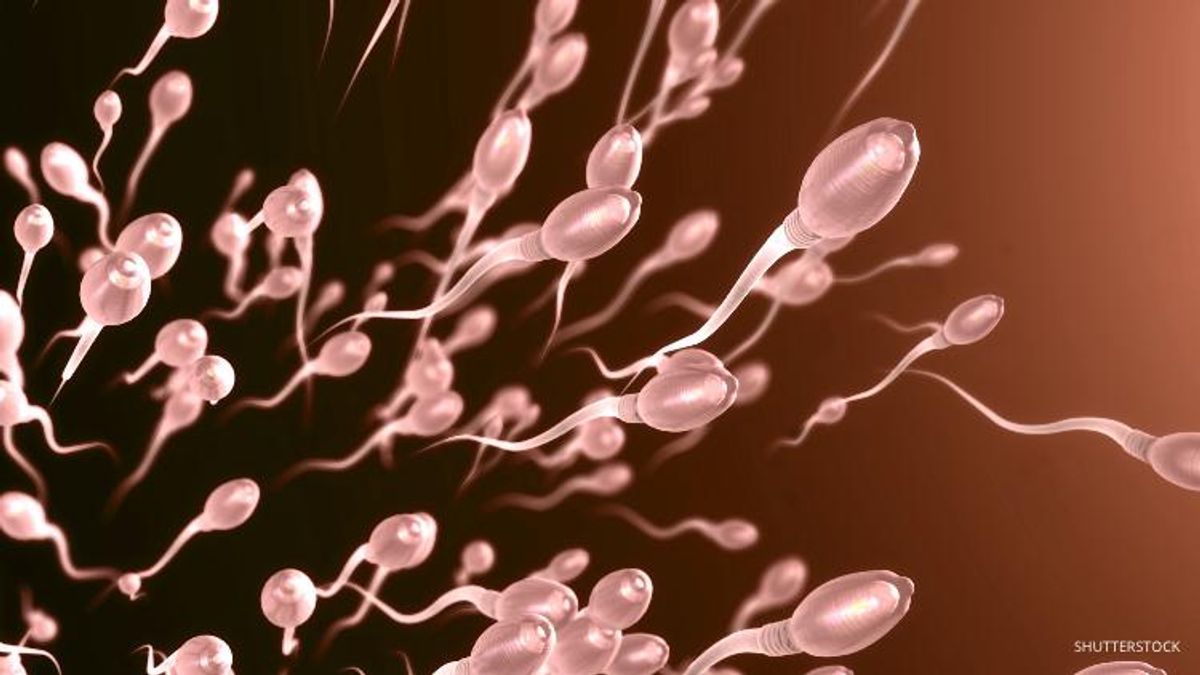News
Everything You Thought You Knew About Sperm Is Wrong

For one thing, they swim like "playful otters," a new study reports.
July 31 2020 1:19 PM EST
July 31 2020 1:29 PM EST
By continuing to use our site, you agree to our Private Policy and Terms of Use.

For one thing, they swim like "playful otters," a new study reports.
Contrary to what scientists have believed for more than 300 years, human sperm don’t move like snakes or eels but more like “playful otters,” a new study says.
“Sperm are very cheeky little creatures,” study author Hermes Gadelha, head of the Polymaths Laboratory at the University of Bristol in England, told CNN. “Our new research using 3D microscopy shows that we have all been victims of a sperm deception.”
The deception comes from observations made by in the 17th century by Dutch scientist Antonie van Leeuwenhoek, who invented the compound microscope. He decided to use it to examine his own ejaculate and saw in it tiny creatures, sperm.
They “moved forward owing to the motion of their tails like that of a snake or an eel swimming in water,” van Leeuwenhoek wrote to the U.K.’s Royal Society in 1678. The tails moved side to side, he said.
But the researchers in the study published this week in Science Advances have discovered that the side-to-side motion was an optical illusion and that sperm’s tails lash only in one direction. This might just cause them “to swim in a perpetual circle,” CNN notes, but they came up with a way around that.
“Human sperm figured out if they roll as they swim, much like playful otters corkscrewing through water, their one-sided stroke would average itself out, and they would swim forwards,” Gadelha told the news network.
“The rotation of the sperm is something that is very important,” he continued. “It’s something that allows the sperm to regain a symmetry and actually be able to go straight.”
Gadelha’s partners in the study, Gabriel Corkidi and Alberto Darszon from the Universidad Nacional Autonoma de Mexico, were able to observe the sperm’s motion by using “a super-high-speed camera that can record over 55,000 frames a second” and other advanced tools, according to CNN.
The researchers, who spent two years double-checking their findings, say the discovery may help scientists who are studying infertility. “It could be that the rolling motion hides some subtle aspects about the health of this sperm or how well it can travel quickly,” Gadelha said. “These are all very hypothetical questions. What we hope is that more scientist and fertility experts will become interested and ask, ‘OK, how does this influence infertility?’”
But, he also said the research may be superseded at some point.
“Who knows what we will find next?” he said. “This is a measurement given by an instrument that has its limitations. We are right at this time, but we could be wrong again as science advances. And hopefully it will be something very exciting that we will learn in the next few years.”